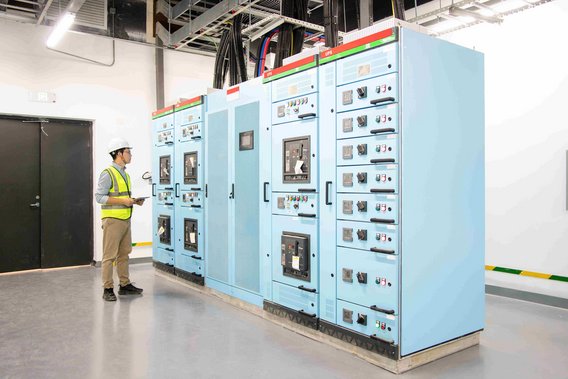
Ensuring an optimal starting point for the data center to be planned
The building protects the facilities of a data centre. The location of the building with regard to the surrounding potential hazards and the positioning of the security area within the building play an important role in self-protection.
If these influencing factors are identified at an early stage and avoided or structurally and technically mitigated, potential risks and threats from water, explosion, building collapse and debris, vibrations and hazardous substances can be controlled. Traffic routes with frequent transport of hazardous goods should also be avoided in order to prevent possible direct or indirect effects, such as blocked access roads.
The selection of a suitable location is one of the first steps in the decision to build a secure data centre. The achievable level of security ultimately depends on the location and possibly on the control of company-relevant environmental risks.












